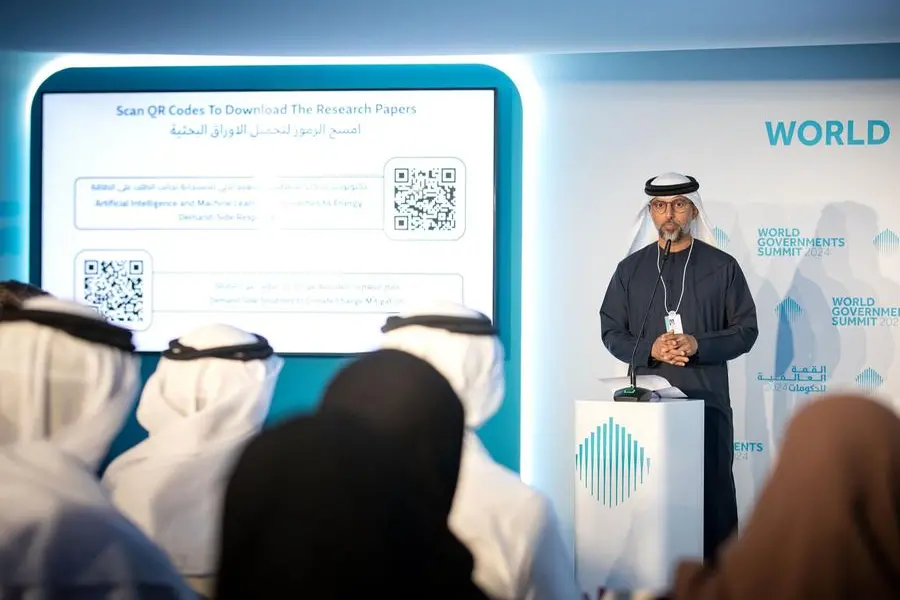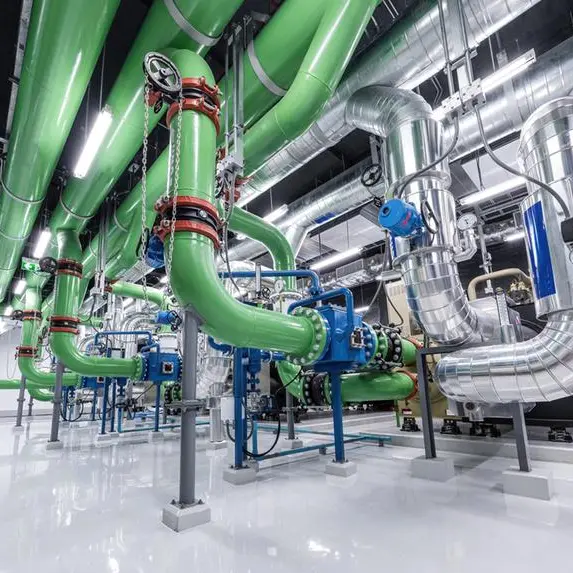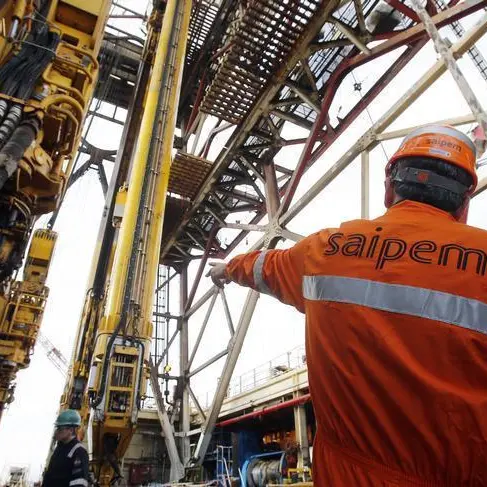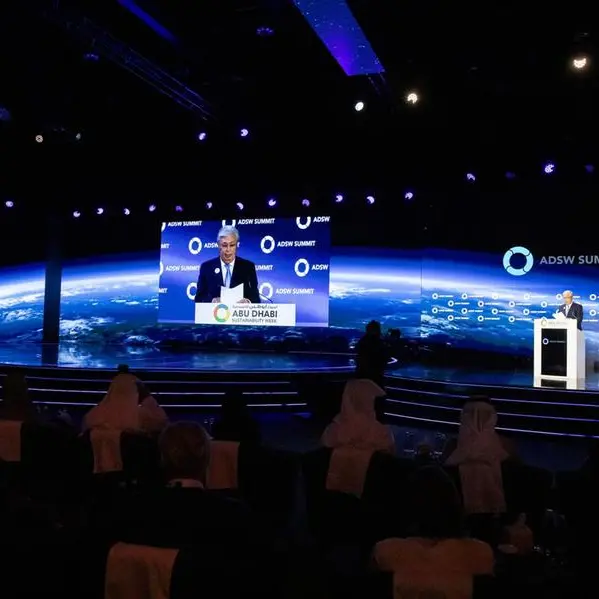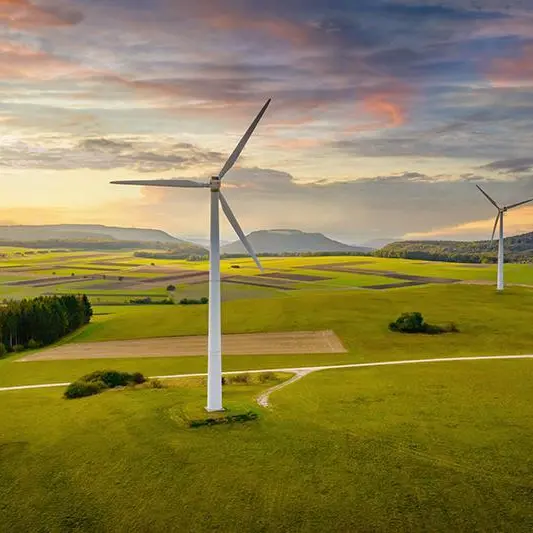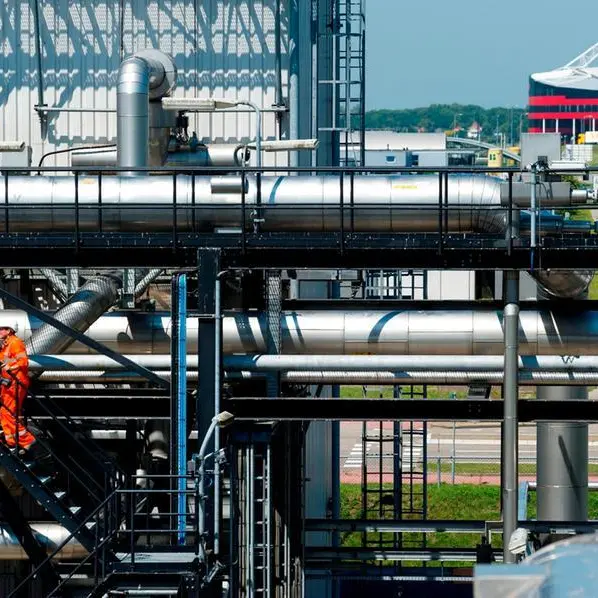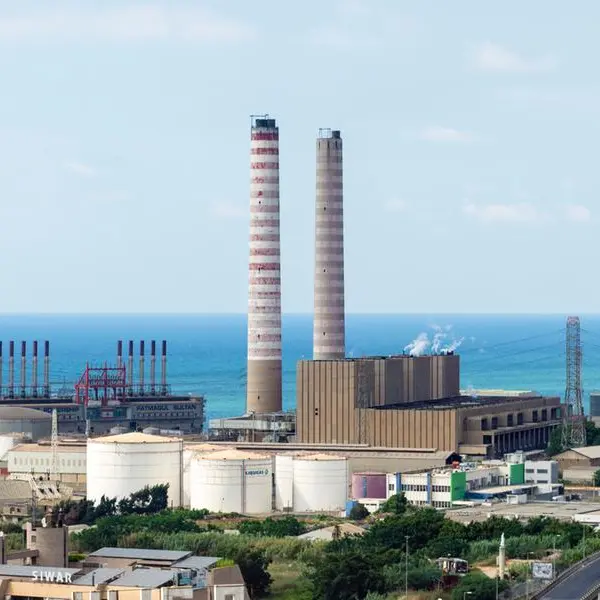PHOTO
The Ministry of Energy and Infrastructure (MoEI) today launched the Big Data Ecosystem for the Energy and Infrastructure Sectors and the Digital Twin Platform for the Energy and Infrastructure sectors in cooperation with stakeholders from the government and private sectors in order to enhance the quality of life and sustainable development.
The two initiatives were announced by Suhail Mohamed Al Mazrouei, Minister of Energy and Infrastructure, at a press conference held at the World Governments Summit. At the event, MoEI signed a number of memoranda of understanding different entities to support these initiatives.
The big data ecosystem and platform aim to analyze and leverage big data and digital technologies to improve strategic decision-making and sustainable development in the fields of energy and infrastructure, and to enhance the country’s leadership within global competitiveness indicators.
Al Mazrouei stressed the role of the two projects in helping achieve the sustainable development goals, by improving energy consumption and promoting optimal use of resources, which is part of a broader vision that seeks to transform the UAE into a global center for innovation in the energy and infrastructure sectors.
The Big Data ecosystem aims to link integrated data with partners to promote the transition to more sustainable energy systems through data analysis, provide the best proactive services, reduce the duration of service provision, increase customer happiness, and enable informed decision-making. It also leverages artificial intelligence, simulation, and predictive smart analytics to shape the future of energy and infrastructure, in addition to its role in building capabilities and developing human resources.
Speaking of the Digital Twin Platform, the Minister said, “Digital twinning is the latest technology that creates an accurate digital model of assets, operational facilities, and service facilities in a way that allows the transfer of live data and information to simulate behavior and monitor operations. This contributes to a deeper understanding, improving performance and management, increasing efficiency, identifying potential malfunctions, and predicting risks. Through the platform, the Ministry aspires to enhance the decision-making process and improve the overall performance of the infrastructure sector.”
The Twin Digital Platform displays live data on the livability and sustainability of cities on 3D models, including statistics about energy and water consumption, carbon footprint, traffic, demographic diversity, services, air quality, and waste to support decision-making and the implementation of targeted initiatives. Moreover, it provides a set of proactive models related to protecting infrastructure assets, improving traffic to reduce accidents and congestion, mitigating the effects of climate change, shaping future and predictive maintenance plans, and achieving climate neutrality.
The platform aims to strengthen the resilience of infrastructure to natural hazards and extreme weather events, support decision-making for developmental projects and initiatives based on current situation analyses and scenarios, enhance the efficiency of water and energy management, and improve waste management.
The Minister pointed out that the platform supports our drive to accelerate the transition to renewables through improving the efficiency and performance of renewable energy resources, contributing to achieving a rapid transition towards employing hydrogen technologies as an energy source, and supporting the provision of integrated infrastructure for the public EV charging network and increasing sales of electric vehicles.
Two research papers
In collaboration with Heriot-Watt University, MoEI launched two research papers as part of its participation at the World Governments Summit. The first paper examines the role of AI and machine learning in demand-side response in energy systems, emphasizing the significance of demand-side response aggregators and the challenges that can be tackled using AI in this field.
The second paper evaluates the potential of demand-side options to mitigate emissions, categorizing them into avoidance, shifting, and improvement, and concludes that implementing these options with an understanding of adaptable preferences and evolving infrastructures can effectively reduce sectoral emissions while also being beneficial for human well-being.
